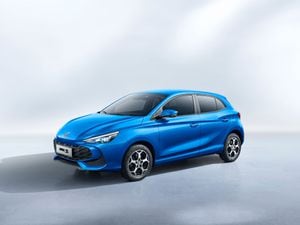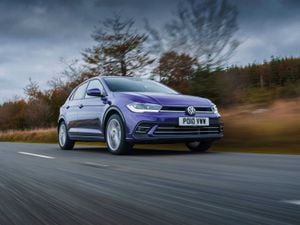What is infotainment and how does it differ between cars?
There’s a whole lot of technology in modern cars – but what do you need to know about it?
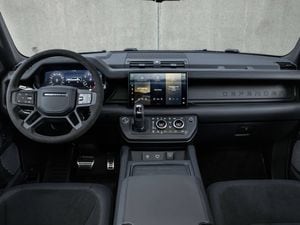
You’ll have probably seen the term ‘infotainment’ used quite a lot. It refers to the screens or displays that you’ll find in most modern cars which house all of the key media and navigation features. Lately, cars have put even more features into these systems with Tesla, in particular, using it for movies and games.
But how do they differ between manufacturers and what else do you need to know about each system? Here, we’re going to take a look through some of the major infotainment setups available today.
Audi

>
Audi’s Multi Media Interface – or MMI – is an infotainment system that is absolutely packed with features. It’s available across its current range of cars, too, from the A1 right the way through to the tip-top A8.
It houses not only media and navigation but also various functions to do with the car’s setup. Audi’s new Connect services add – as you might expect – connected services such as parking information and local fuel prices into the mix, though it is a paid-for service.
BMW
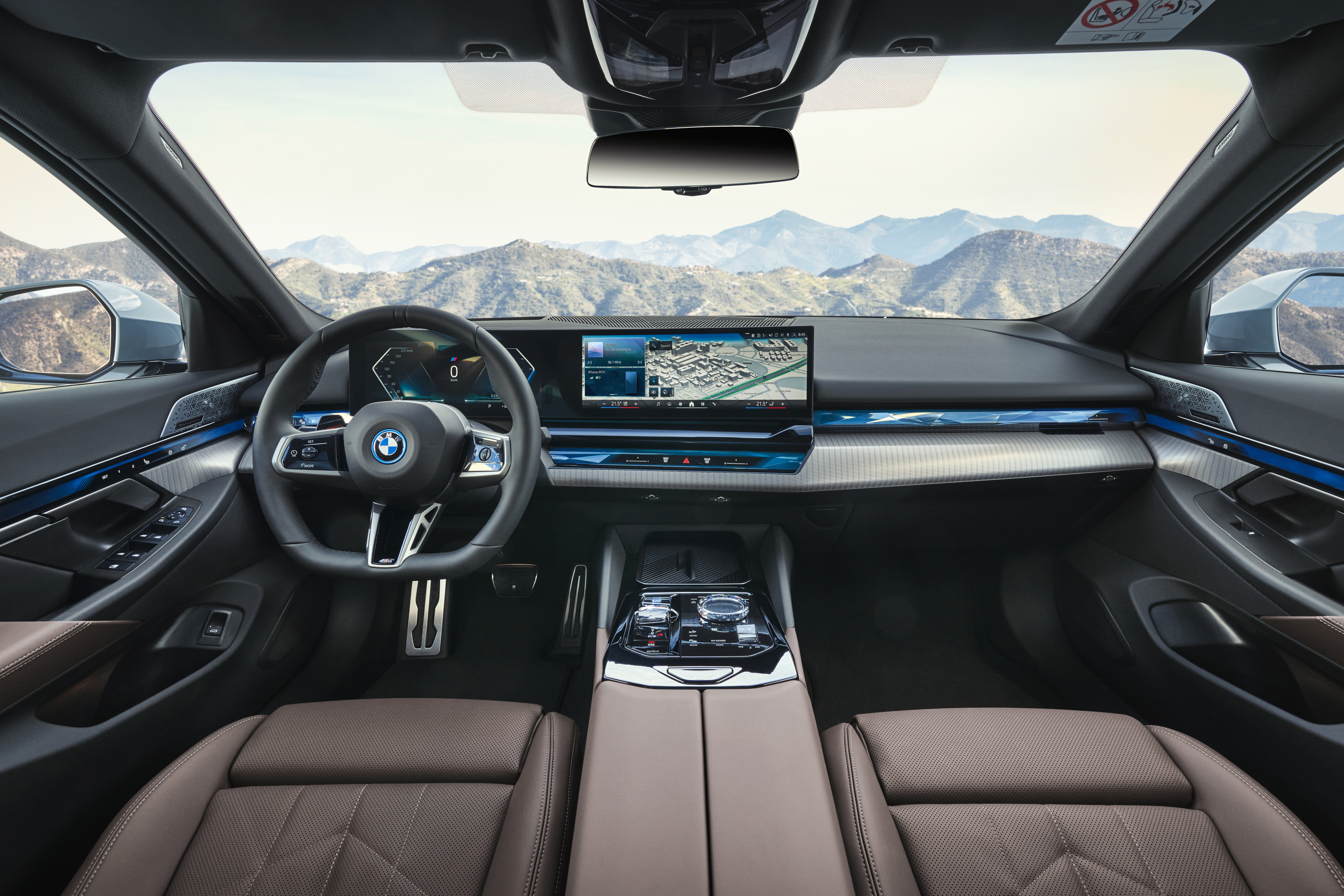
>
The iDrive system in BMW models has evolved considerably. It was one of the first ‘major’ infotainment systems and, when first launched, was controlled by a controversial new rotary dial that gave access to a variety of functions.
It’s now a far more modern affair, with many cars – like the 2 Series Active Tourer – ditching the rotary dial in favour of a solely touch-controlled setup. However, it’s packed with more features than ever while a connected app allows you to control many aspects of the car’s system – you can even remotely lock and unlock your vehicle via your smartphone.
Citroen

>
Citroen might be known as a relatively no-frills brand but it has seriously ramped up its infotainment offerings in recent years. You’ll now find its My Citroen Drive Plus system on a variety of its cars, including the new C4 and e-C4.
Like other modem systems, it takes a lot of inspiration from smartphones, all accessed via a 10-inch display – though certain cars have different-size screens.
Dacia

>
Dacia is one of the most value-orientated brands around and this ethos carries through to its infotainment systems. Its headline setup is its Media Display which uses an eight-inch screen to relay key information, but it’s also got both Apple CarPlay and Android Auto smartphone mirroring systems as well.
However, if you’re looking to save money then cheaper Dacia models do without a screen entirely and instead provide a cradle for your smartphone. You just download Dacia’s app and it becomes the main point of control for the car.
Ferrari

>
Ferrari has always focused more on the driver than on infotainment setups and, interestingly, it has taken that one step further on the new Purosangue as this performance SUV does away with any in-house navigation and instead relies solely upon smartphone mirroring systems Apple CarPlay and Android Auto.
However, cars like the new Roma Spider have a more ‘traditional’ infotainment setup with an 8.4-inch portrait-orientated screen fitted slap-bang in the middle of the dashboard.
Ford
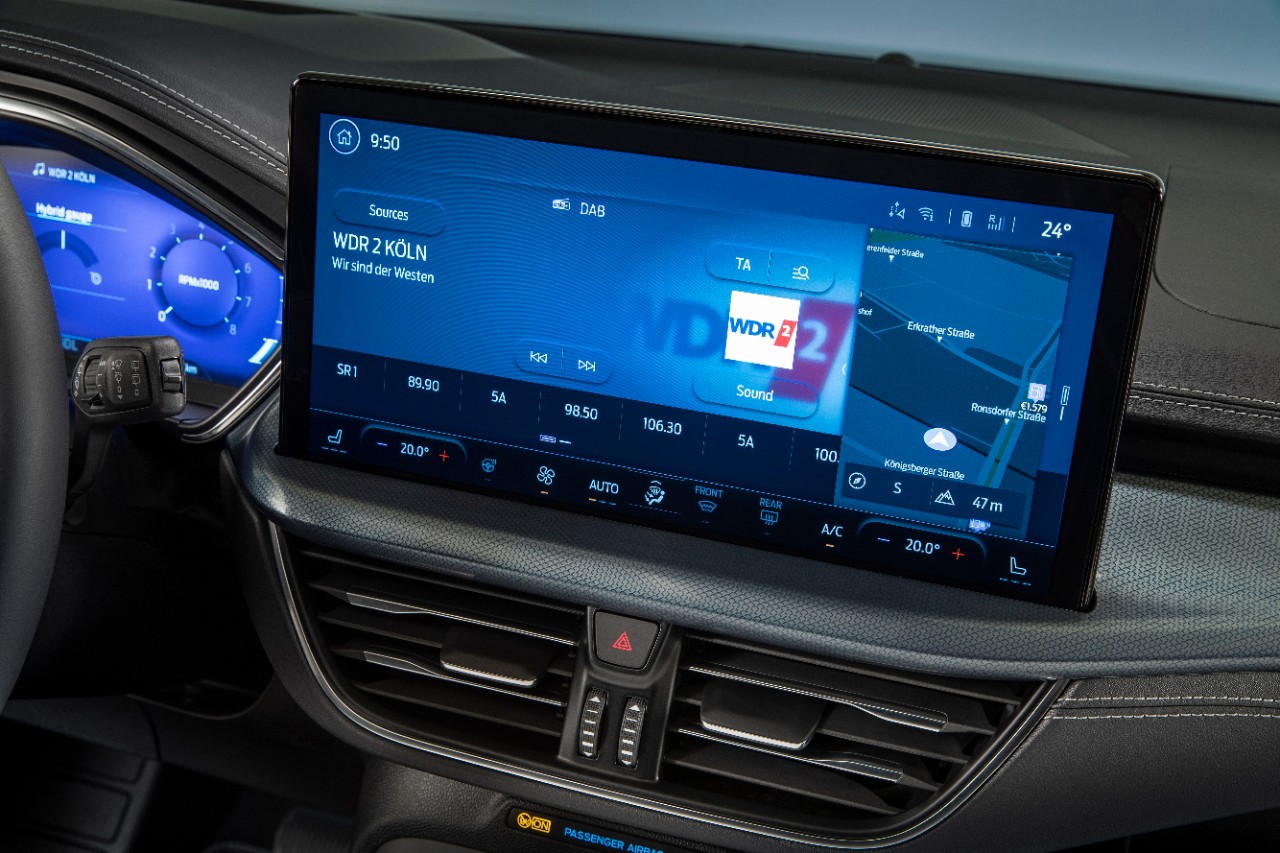
>
Ford is another brand which has really gone to town with its latest infotainment systems. It is now up to the fourth incarnation of its Sync system and it now incorporates loads of connected features.
Ford also says that it has twice the processing power of the previous Sync setup, while real-time navigation and traffic updates can make sure you keep away from the worst of the congestion.
Hyundai

>
Hyundai’s own infotainment system has been designed to offer an easy and streamlined user experience with clear icons and plenty of detail. In most cars, it’s relayed via a widescreen setup which gives a nice, clear view of the maps if you’re using the in-house navigation.
Plus, in Hyundai’s performance ‘N’ models, there are dedicated menus for the sportier aspects of these cars allowing the driver to tweak and change various settings.
JLR
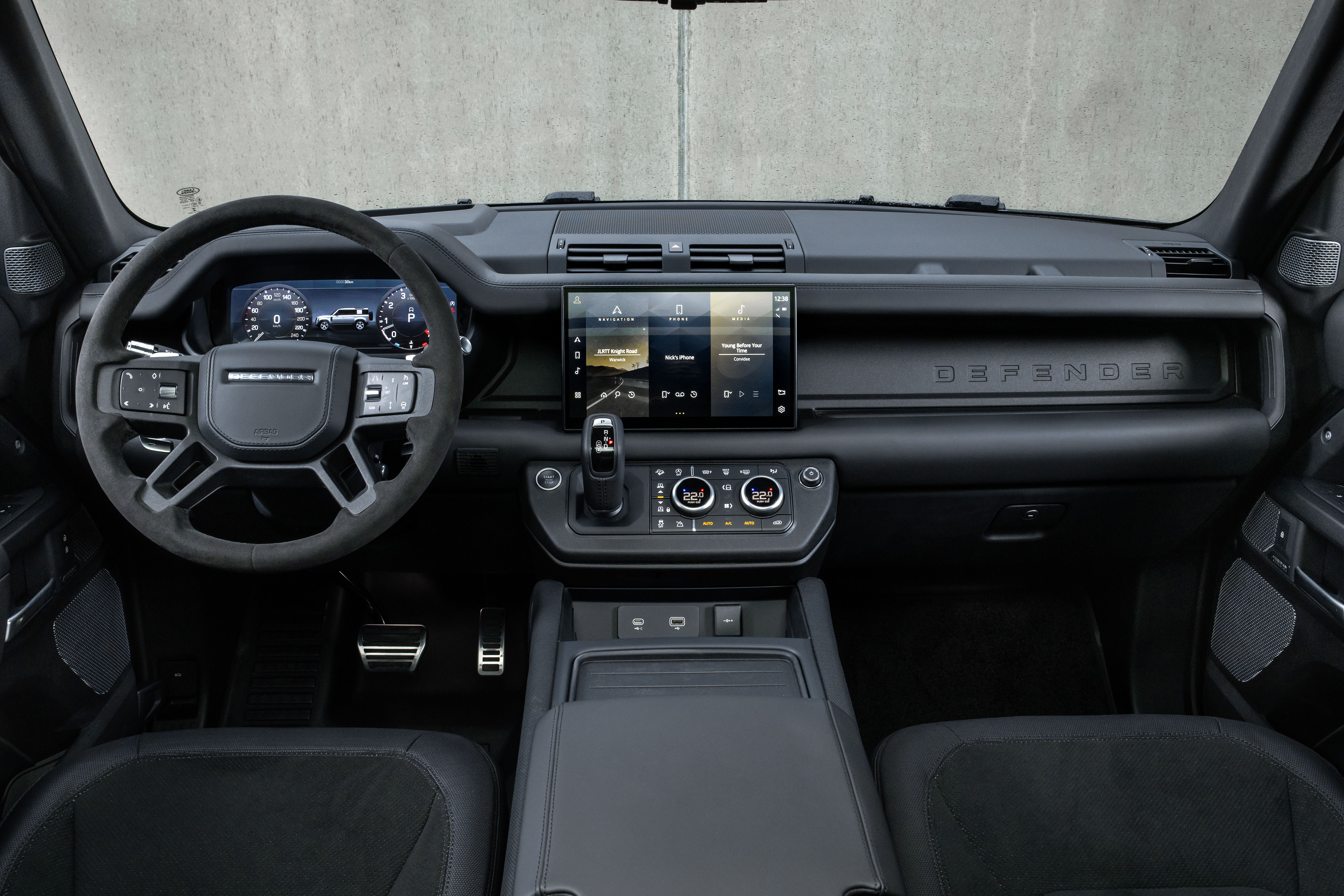
>
JLR’s infotainment setup has come on leaps and bounds in recent years, with its headline system now being the ‘Pivi Pro’. It’s essentially the firm’s sharpest and most feature-packed setup to date and it’s included on a variety of models including the Range Rover and Defender.
Most use a clever curved display, too, while over-the-air updates ensure that new features and maps are constantly downloaded without the need to visit a dealership.
Mercedes

>
The Mercedes MBUX system is one of the most striking on the market today. It’s packed with functionality and it can even be cycled through a variety of ‘themes’ depending on your mood or need.
Some cars have the option of both touchscreen and trackpad control, while cars like the new A- and B-Class have ditched the latter in favour of a touch-only setup. It’s all relayed via one widescreen display which blends the traditional dials behind the wheel and the main infotainment setup behind one seamless screen.
Volkswagen

>
Volkswagen’s in-car infotainment has caught a little bit of flak in recent times. The latest version, equipped in the electric ID.3, was found to be a little too complicated and housed too many features – including those for the heating and ventilation – which made it tricky to operate. It also felt behind-the-times in terms of responsiveness.
But elsewhere in the range things are good. Cars like the Arteon and T-Roc have a more ‘conventional’ setup with extra physical controls and this makes the whole affair far more user-friendly.

